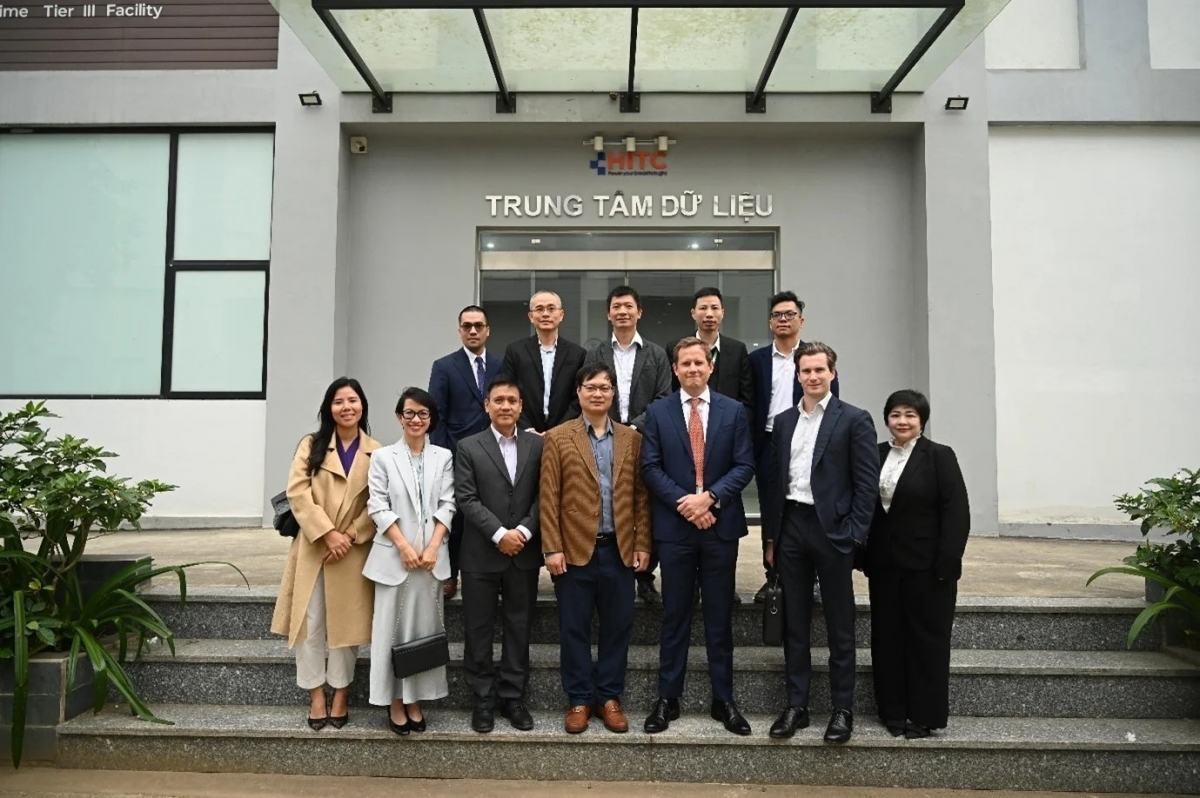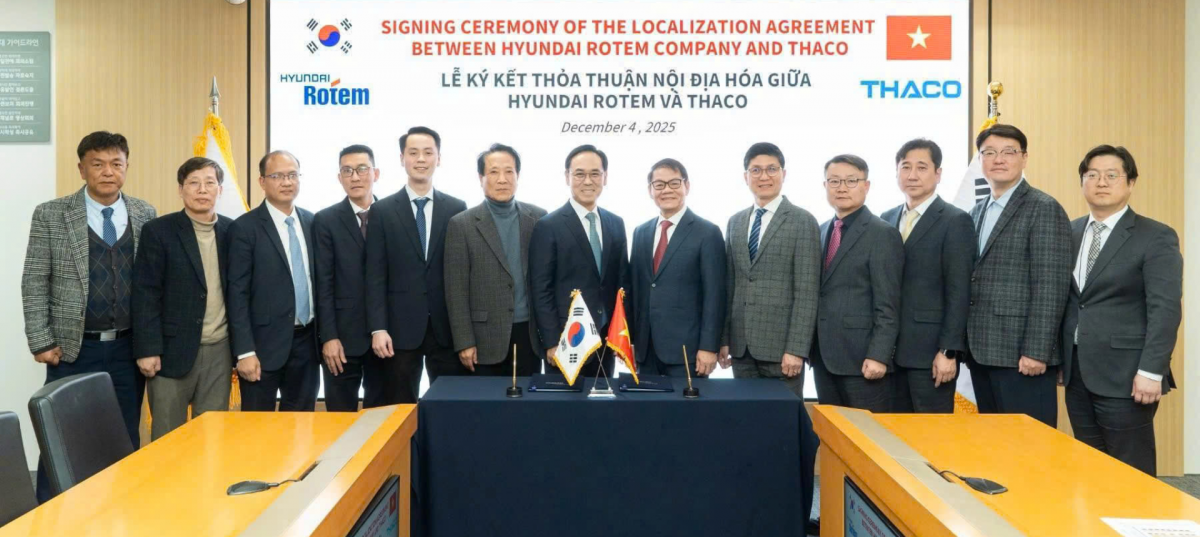INTERNATIONAL INVESTMENT
AND PORTAL
Ho Chi Minh City has been on a transformative journey over the past years, overcoming a myriad of challenges to position itself as a future global-scale megacity. The city’s strategic location and its role as Vietnam’s economic engine have already attracted multinational and technology companies.
 Rizwan Khan, managing partner at Acclime
Rizwan Khan, managing partner at Acclime
With the best national universities, research facilities, and the largest international airport in the country, Ho Chi Minh City has all the makings of a megacity. It accounted for about 22 per cent of the national GDP and 29 per cent of Vietnam’s financial capital in 2018, despite occupying only 0.6 per cent of the land area and housing 10 per cent of the country’s population.
The city’s leadership has been proactive in addressing bureaucratic obstacles, land clearance issues, and project implementation delays, which are critical for reaching its ambitious growth target of 7.5 to 8 per cent for 2024. These efforts are part of a broader strategy to streamline administrative reform, enhance public services, and stabilise the macroeconomy.
Ho Chi Minh City has seen rapid urbanisation and economic development, leading to increased demand for public services and infrastructure.
To meet these demands, it has focused on speeding up public spending, which is essential for the completion of crucial projects that have faced delays in the past.
As of early January, the city’s public investment disbursement reached around $1.83 billion, marking 64 per cent of the full-year target. This indicates a significant push towards improving the city’s infrastructure and public services.
In terms of urban planning, Ho Chi Minh City is reviewing and adjusting its general planning, including land-use plans until 2040, as well as land prices, housing development plans, and the management of social housing towards 2030. These measures are designed to ensure sustainable growth and address the housing needs of its rapidly growing population.
Complexities for megacities
The city’s journey towards becoming a global-scale megacity is marked by its resilience in overcoming past challenges and its strategic vision for the future. With continued efforts in administrative reform, infrastructure development, human resource enhancement, and digital transformation, it is well on its way to not only becoming a megacity but also a leading economic powerhouse in Southeast Asia.
The city’s progress is a testament to its potential to thrive in the global arena, serving as a beacon of development and innovation for the region.
Learning from other megacities facing similar challenges can provide valuable insights for Ho Chi Minh City’s development. At the top of the list should be environment and sustainability matters. Therefore, megacities should be able to optimise energy use, reduce pollution, and minimise greenhouse gas emissions. Their scale allows for innovative solutions and social benefits.
A prominent example is Mexico City’s air pollution that was once among the worst globally. Over three decades, they implemented comprehensive air quality management programmes combining regulations and technological changes.
While progress has been made, challenges remain. Lessons include the need for multidisciplinary approaches and long-term commitment. Next is to address inequality and social issues through governance and development as many megacities struggle with inequality, leading to issues like poverty, and social unrest.
Having integrated approaches along with innovation and education is definitely the fastest way to achieve the goal of making Ho Chi Minh City a global-scale megacity. Tackling megacity challenges requires collaboration across disciplines: science, technology, governance, and public awareness. Rapidly urbanising megacities in Africa and Asia can leverage their population growth for innovation and improved education. Concentration facilitates positive change.
The hurdles to cross
Implementing the vision is indeed an ambitious endeavour, but it comes with several challenges, some of them could be addressed through specific actions.
Foremost could possibly be urban planning conflicts, as it faces a clash between rapid urban development and the preservation of its cultural heritage. Also, balancing high-density sprawl with conservation efforts is a significant challenge. This becomes even more challenging when coupled with the population growth pressure, as Ho Chi Minh City’s population is rapidly increasing and straining existing services and infrastructure.
As Ho Chi Minh City grows into a megacity, it faces unique challenges related to population density, infrastructure, and sustainability. Urban planning ensures efficient land use, proper provision of essential services, and well-organised spatial arrangements tailored to the city’s context. It also addresses environmental concerns, promotes economic competitiveness, and fosters social equity within the local community. Resilience planning, cultural preservation, and enhancing residents’ quality of life are integral components.
In recent years, Ho Chi Minh City has been experiencing heavy traffic due to overload road infrastructure and public transportation options. Addressing congestion is essential for efficient mobility. This could be resolved through mass transit systems by investing in efficient and extensive mass transit systems, including metro lines, buses, and waterways. These systems will alleviate traffic congestion and enhance connectivity.
In addition, intermodal connectivity will help in integrating various modes of transportation to enhance accessibility. Use of tech for smart traffic management is more productive such as implementing intelligent traffic management solutions to optimise flow and reduce travel time.
Just like any aspiring megacity in other developing countries, the city also faces housing affordability issues due to uncontrolled house prices that pose affordability challenges for residents. More robust urban planning is required to ensure access to affordable housing that is crucial for sustainable growth. Affordable housing is important in addressing the housing shortage by promoting affordable housing projects. This could be addressed through mixed-use developments that combine residential, commercial, and recreational spaces.
Pollution could also be reduced through implementing efficient waste management systems and promoting recycling, while green building standards will also encourage eco-friendly construction practices.
Another challenge is shifting foreign investment patterns, as inflow may shift to neighbouring provinces. Thinking beyond manufacturing would help. Although manufacturing remains vital, diversifying into knowledge-based industries like finance, tech, and creative arts will result in more robust economic growth. Another step in achieving growth could be through selecting high value added and/or innovative businesses such as creating tech hubs that include establishing innovation hubs, incubators, and accelerators to nurture startups and pull in tech talent.
Some of the challenges could be addressed through decentralisation and effective governance, where decentralisation involves empowering local authorities, allowing them to tailor policies and services to specific contexts. Responsive decision-making at the district level ensures better-informed policies.
Transparent decision-making builds trust among citizens and investors. Strategic urban planning, collaboration with stakeholders, and resilience planning are integral components. By integrating these strategies, Ho Chi Minh City can strive for a path that aligns with its goals, ensuring that economic progress does not come at the expense of the environment or social equity and also meeting the requirements of Resolution 98.
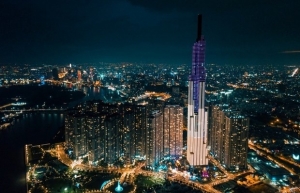 HCM City stimulates tourism with discounts up to 60 per cent
HCM City stimulates tourism with discounts up to 60 per cent
The Ho Chi Minh City Department of Tourism on April 3 launched the 2024 stimulus programme, with discounts of 10-60 per cent on various tourism products and services.
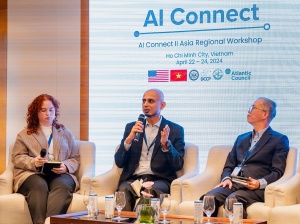 US government hosts AI workshop in Ho Chi Minh City with key partners
US government hosts AI workshop in Ho Chi Minh City with key partners
The US Department of State and the Atlantic Council, in partnership with the Ministry of Science and Technology, Vietnam, are hosting the inaugural AI Connect II Regional Workshop in Ho Chi Minh City from April 22-24, featuring participants from 15 Asia Pacific countries.
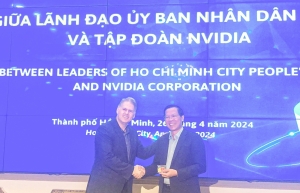 Nvidia Group may build an AI centre in Ho Chi Minh City
Nvidia Group may build an AI centre in Ho Chi Minh City
During a recent visit of Nvidia Corporation's vice-president Keith Strier to Ho Chi Minh City on April 26, Phan Van Mai, Chairman of Ho Chi Minh City People's Committee, expressed his desire that Nvidia would choose the southern metropolis as the destination to build a new AI centre and also become a partner in building a roadmap for applying AI to the public administrative service system.


